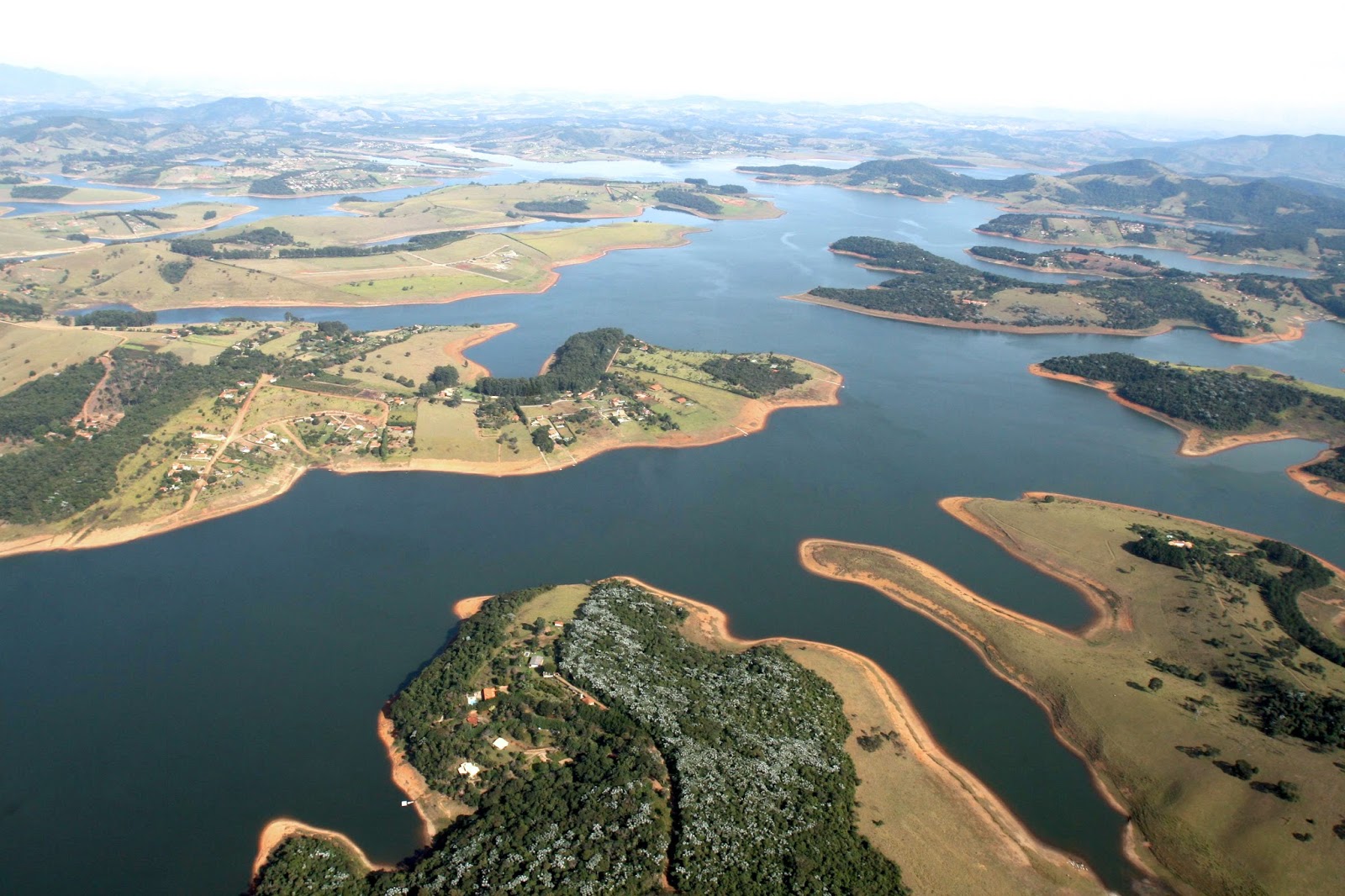RIO DE JANEIRO BRAZIL – After months of drought, the Cantareira System reached 29.8% of its operational volume this Saturday, 2. The number is the lowest for more than five years and sets the reclassification of the operation as “restricted”.
Cantareira is a water system composed of five interconnected reservoirs that provide water to 9 million people in the São Paulo metropolitan area.

In practice, however, the restriction operation only impacts the maximum volume of water that can be withdrawn for supply. A year ago, the book was 43%. The current rate is the lowest since March 21, 2016, when it was 29.6%, shortly after the severe water crisis faced by the State of São Paulo in the previous two years.
In several regions of the capital, residents have reported problems with the lack of water. Sabesp rules out rationing in Greater São Paulo but admitted to reducing the pressure in the pipes to “preserve the supply systems”. The company says that adequate reservoirs (water tanks) at home can meet the nightly demand.
With the arrival of the rainy season in October, the expectation is that the situation will be attenuated, but not enough to reach the “attention” level (from 40% to 60%). In the projections of the National Center for Natural Disaster Monitoring and Alerts (Cemaden), the system can reach 36% storage by the end of the year, which would place it in the “alert” range (from 30% to 40%).
The federal agency’s estimate is based on August’s figures and the historical average rainfall of the last four months of the year. Also, according to Cemaden, the accumulated precipitation in the dry months (April to August) this year represented 32% of the historical average (calculated with data from 1983 to 2020) for April to September.
In August, for example, there were 15mm, which means 45% of the historical average for the month (33mm).

